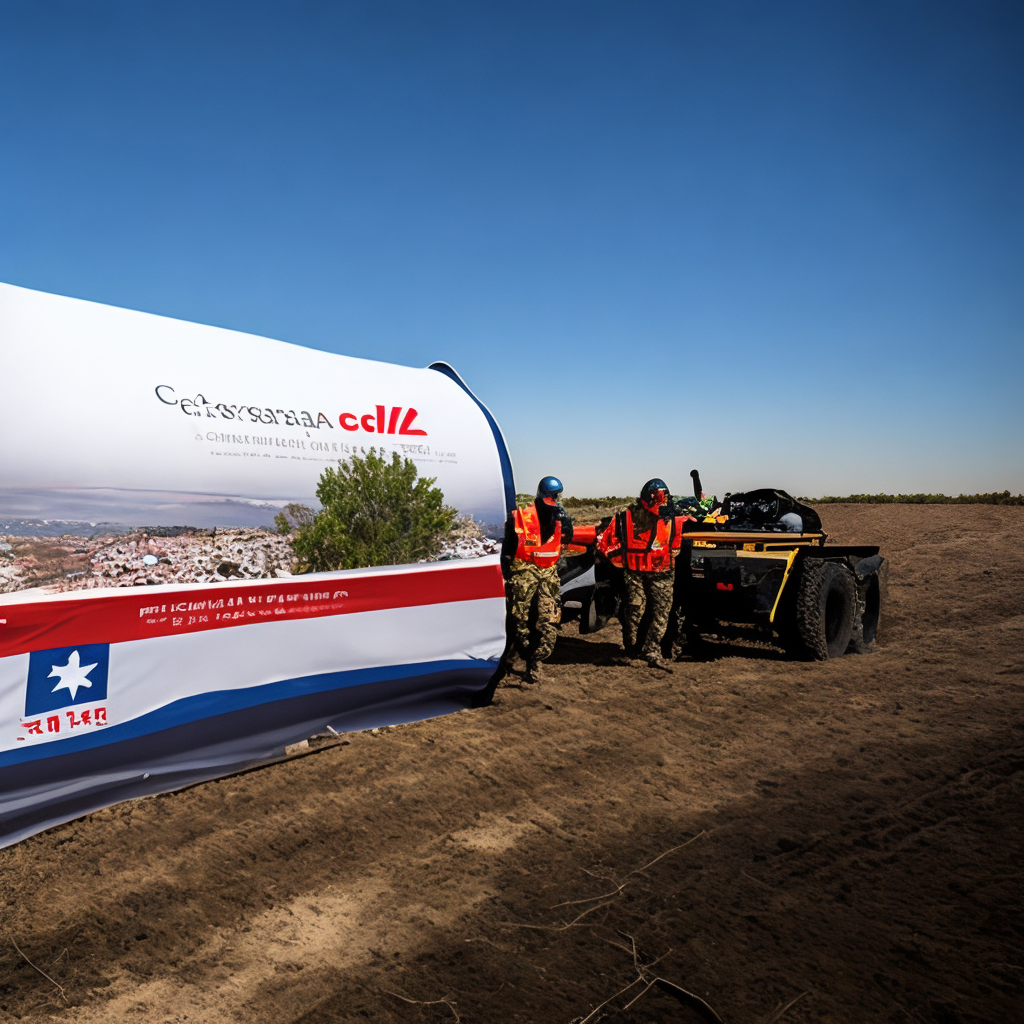The Mexican Consulate in Nogales is finalizing plans for a new initiative set to launch in the upcoming spring. This effort aims to locate the remains of undocumented migrants who have gone missing after crossing the U.S.-Mexico border, particularly in the remote and challenging terrains of Santa Cruz County.
The Crisis of Missing Migrants
Consul General Marcos Moreno Báez emphasized that Mexico is committed to upholding the human rights of migrants. The consulate receives reports of missing individuals almost daily, highlighting the urgency of addressing this crisis.
Deadliest Migration Route and Statistics
According to the United Nations’ International Organization for Migration, the U.S.-Mexico border stands as the deadliest land migration route, accounting for 686 deaths and disappearances in a specific period. In Santa Cruz County alone, 22 migrant deaths were recorded in both 2022 and 2023, while Pima County saw an increase from 171 to 182 undocumented border crosser deaths in 2023.
Underreported Deaths and Challenges
However, the reported numbers likely represent a fraction of the actual fatalities due to limited access to search these treacherous desert areas. Laurie Cantillo from Humane Borders highlighted this issue, emphasizing the need to recover remains to provide closure to families.
Collaborative Search Efforts
The consulate’s forthcoming initiative involves collaborating with various organizations, including Mexico’s National Search Commission, U.S. Border Patrol’s Search, Trauma and Rescue team, the Pima County Medical Examiner, and non-governmental organizations. This joint effort intends to conduct searches in the desert for about four to five days.
Humanitarian Perspective and Long-term Goals
Consul Moreno Báez reiterated the humanitarian approach behind the initiative and expressed hopes for a more extensive partnership if the pilot program proves successful. The long-term vision involves engaging other border communities to enhance search and retrieval efforts for migrant remains in the desert.
Existing Humanitarian Efforts
Organizations like Humane Borders and Battalion Search and Rescue have been actively involved in providing aid to migrants traversing the desert. Humane Borders maintains a map documenting migrant deaths in Arizona, emphasizing the human aspect behind each statistic.
Challenges in Recovery and Identification
Pima County’s Chief Medical Examiner, Greg Hess, highlighted the difficulties in determining causes of death and identifying remains, with environmental exposure being a leading cause. Despite efforts, about 40% of remains remain unidentified. The identification process heavily relies on DNA samples from family members, posing challenges when families are untraceable.
The Role of Consulate in Identification
The Consulate’s role in connecting families with the Medical Examiner’s office becomes crucial in resolving these identification challenges, leveraging their ties and resources in Mexico.
Conclusion
Efforts led by the Mexican Consulate and collaborative organizations aim to address the distressing issue of migrant deaths in Santa Cruz County. Recovery, identification, and the humane treatment of migrant remains stand as focal points in offering closure to grieving families affected by this ongoing humanitarian crisis.








Leave a Reply